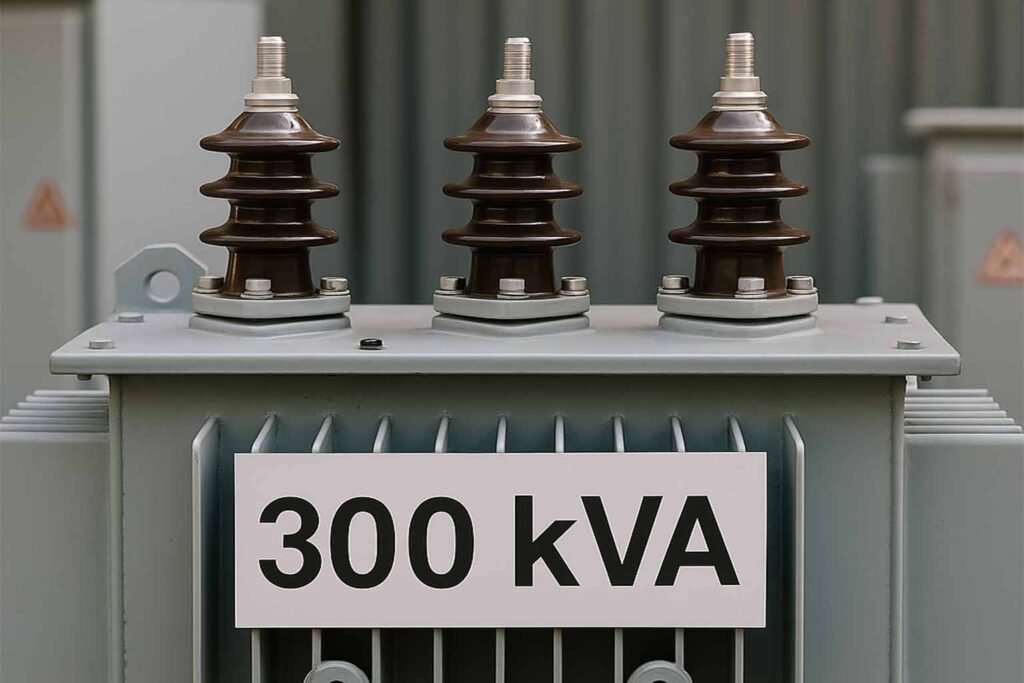When delving into the world of electrical engineering, one of the common questions that arise is why transformers are rated in kVA (kilovolt-amperes) rather than kW (kilowatts). Understanding the reasoning behind this choice not only sheds light on transformer design but also on how electrical systems manage power. In this blog, we’ll explore the difference between kVA and kW, the role of power factor, and why kVA is the preferred rating for transformers.
1. Understanding the Basics: kVA vs. kW
kW (Kilowatts) represents the actual power that is used to perform work in an electrical system. This is the real power consumed by electrical devices and loads, like motors, lights, and heaters. Essentially, kW is the power that actually does useful work in the system.
kVA (Kilovolt-Amperes), on the other hand, represents the apparent power in the system. Apparent power is the combination of real power (kW) and reactive power. Reactive power doesn’t perform any useful work but is necessary to maintain the voltage levels across the system. The apparent power is the total power supplied by the transformer, encompassing both the power that does work (kW) and the power that sustains the electrical field (reactive power).

2. The Role of Power Factor
The Power Factor is a critical concept when discussing the difference between kW and kVA. Power factor is the ratio of real power (kW) to apparent power (kVA) and is a measure of how efficiently the electrical power is being converted into useful work.
- Power Factor Formula: Power Factor = kW / kVA.
The power factor can vary depending on the nature of the load connected to the transformer. For purely resistive loads (like incandescent bulbs), the power factor is close to 1, meaning that almost all the apparent power is being converted into real power. However, for inductive loads (like motors or transformers themselves), the power factor is less than 1, meaning that a portion of the apparent power is used to establish magnetic fields and is not converted into real work.
3. Why Transformers Are Rated in kVA
Independence from Power Factor
Transformers are designed to handle the total power that includes both real and reactive components. The kVA rating of a transformer reflects the total power it can supply, regardless of the power factor of the load. If transformers were rated in kW, the rating would be dependent on the power factor of the specific load connected to it, which can vary widely. By using kVA, manufacturers ensure that the transformer’s rating is independent of the load’s power factor, making it a more universal measure.
Efficiency and Heat Management
Transformer losses, such as copper losses (I²R losses) and iron losses (core losses), are more closely related to the current and voltage (components of kVA) rather than the actual work done (kW). Copper losses depend on the current flowing through the windings, while iron losses depend on the voltage. Since both these losses are independent of the power factor, kVA is a more accurate representation of the load a transformer can handle without excessive heating or inefficiency.
4. Practical Implications
In real-world applications, transformers need to supply both real and reactive power to different types of loads. By using a kVA rating, engineers can ensure that the transformer can handle the full range of possible loads without needing to know the exact power factor in advance. This approach simplifies the selection and application of transformers in various electrical systems, ensuring reliability and safety.
Conclusion
The decision to rate transformers in kVA rather than kW is rooted in the need for a consistent, reliable measure of the transformer’s capacity to handle both real and reactive power. By using kVA, engineers and manufacturers can ensure that transformers are correctly sized and can handle the full spectrum of electrical loads without concern for the varying power factors. Understanding this distinction is crucial for anyone involved in the design, selection, or operation of electrical systems.
